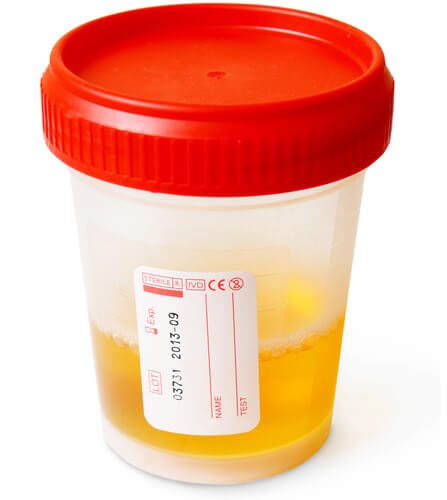Three U.S. congressmen have introduced a bill that would allow carriers to use hair follicle testing in the pre-employment drug screening process.
Arkansas Senators Mark Pryor and John Boozman, with the help of Congressman Rick Crawford introduced H.R. 3404, called the “Drug Free Commercial Driver Act of 2013,” to the Arkansas House of Representatives last week. The bill would make hair follicle testing a universally accepted form of drug screening.
Currently, urinalysis is the only accepted form of drug and alcohol testing. Should a prospective employee pass a urine analysis but fail a hair follicle testing, the only test result that is accepted by the FMCSA is the negative urinalysis.
In short, carriers can only share positive urinalysis test results in the database, not hair follicle testing results.
According to a press release from Congressman Crawford, urinalysis is less effective in detecting substance abuse and only has a 2-3 day window of detection, whereas hair testing provides a 60-90 day window.
The Drug Free Commercial Trucking Act of 2013 would instruct the U.S. Department of Transportation to recognize hair testing as alternative option to give companies greater flexibility when conducting drug and alcohol testing.
According to the Arkansas Business Journal, hair follicle drug testing kept more than 3,200 prospective drivers who tested positive for illegal drug use off the road.
For some time, J.B. Hunt has used hair follicle testing, along with urinalysis, as part of the pre-employment screening process.
While the positive drug tests may have kept the drivers from entering a J.B. Hunt truck, they were likely able to move onto another driving job, at another company that does not employ the use of hair follicle testing.
In addition, proponents of hair follicle testing say it’s much harder to cheat the test than it is to cheat a urinalysis, stating that all drug abusers have to do, in many cases, is abstain from drug use for as little as 24 hours. Not so with hair follicle testing.
“Follicle samples — usually collected by cutting or shaving an inch-and-a-half of hair — can detect drug use as far back as 90 days. Current methods of testing accepted by the DOT go back only about 48 hours,” the Arkansas Business Journal reported.
The Arkansas Trucking Association has voiced its support of H.B. 4303.
“It makes no sense from a safety standpoint why federal agencies — which have said we must reduce accidents involving truck drivers — wouldn’t recognize the method of drug testing that is most accurate and shows longest-term use of drugs,” said Lane Kidd, president of the Arkansas Trucking Association, . “Trucking companies are not [only] interested in if you used drugs yesterday. They want to know if there’s a lifestyle of use.”
“Two areas where we can do better in fighting impaired driving are through the use of hair testing of regulated drivers to detect illegal drug use and in the creation of a clearinghouse to better track drivers’ drug and alcohol test results,” ATA President and CEO Bill Graves.Graves said.
“This bill is a win-win situation for the trucking industry, law enforcement, and the safety of Arkansas families. By keeping drug addicted drivers from behind the wheel of rigs across the country, we can reduce liability costs while preventing accidents to keep our roads and highways safer. This bipartisan legislation is gaining momentum in the House of Representatives and I am proud to stand with our two Senators to work on this common-sense solution,” said Crawford.
